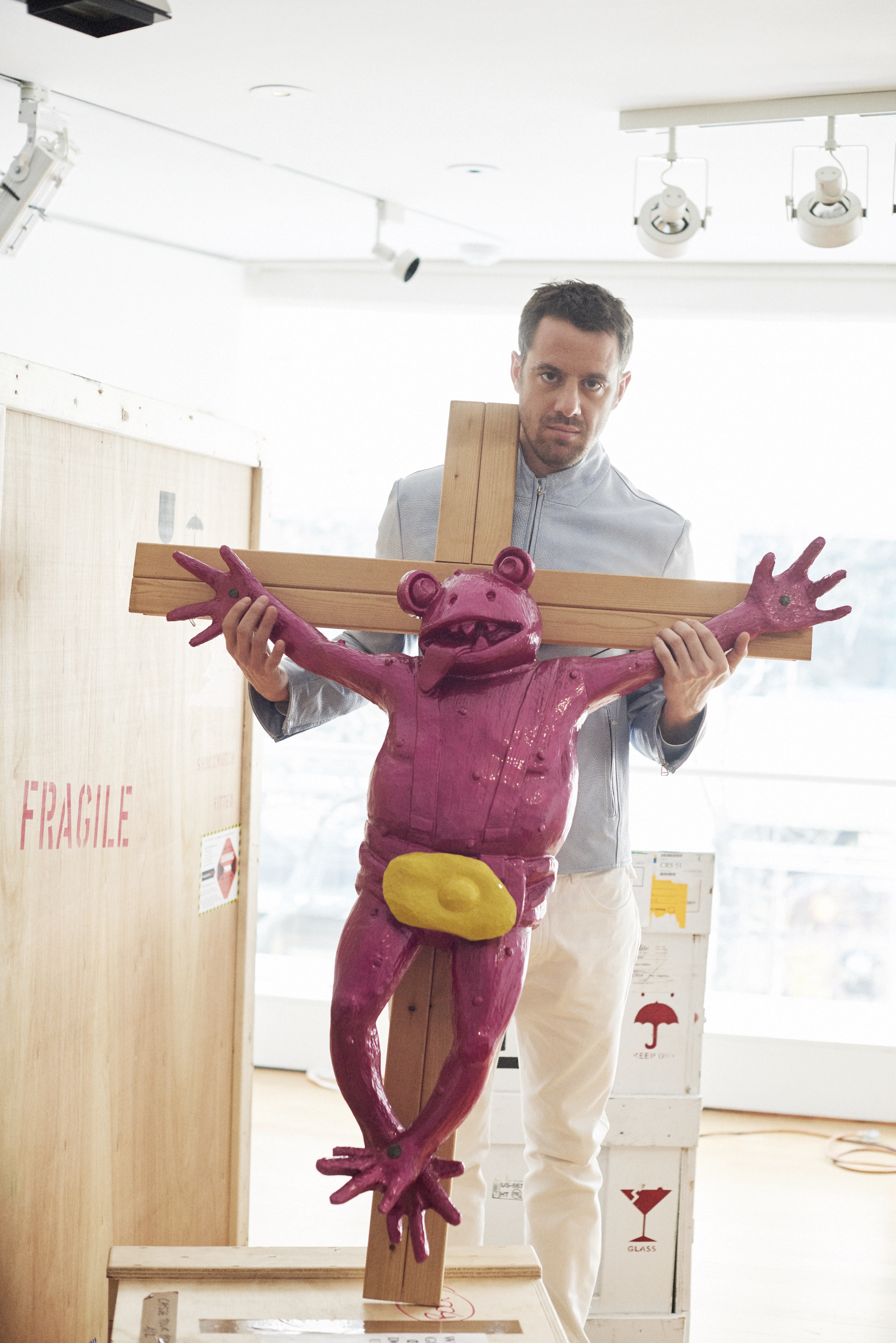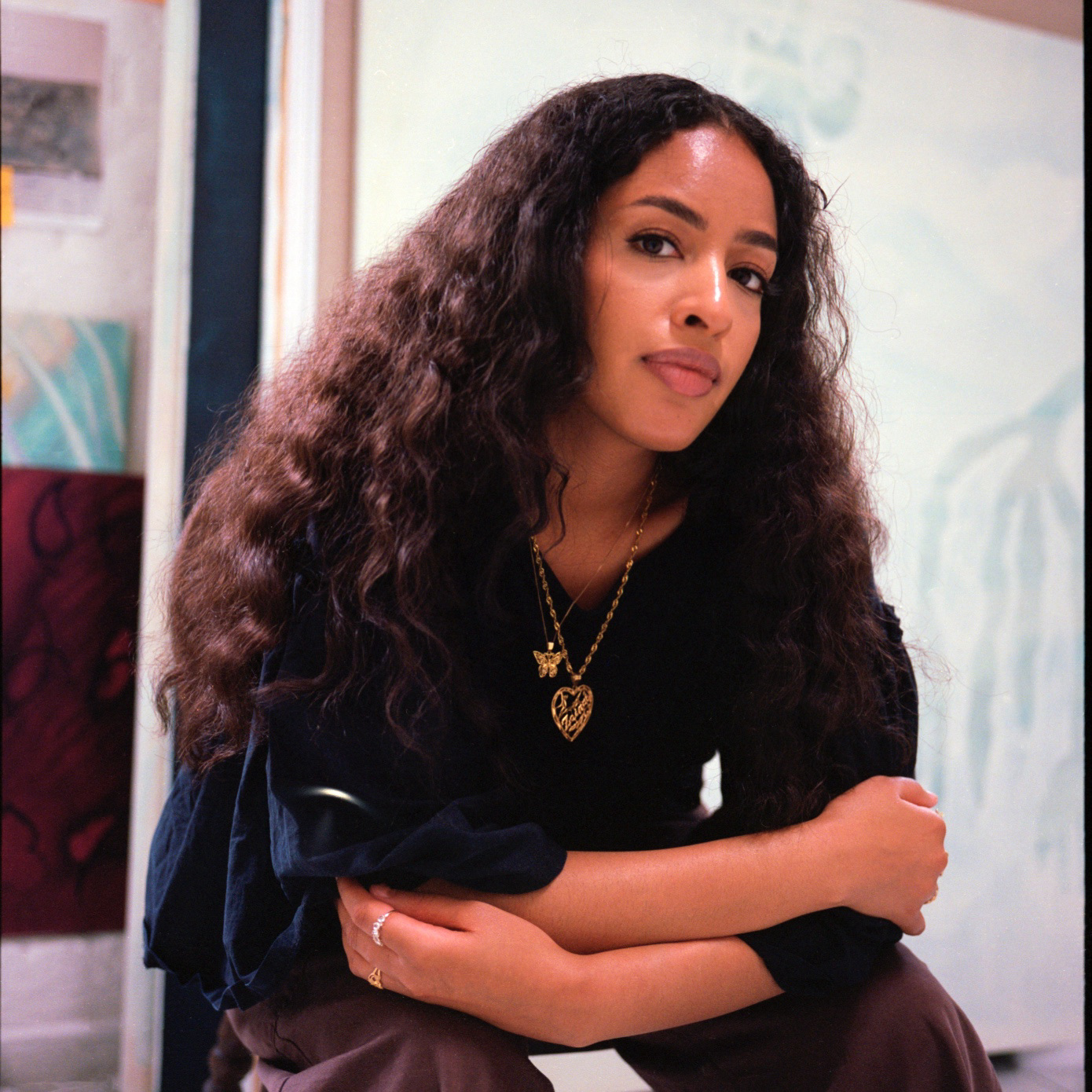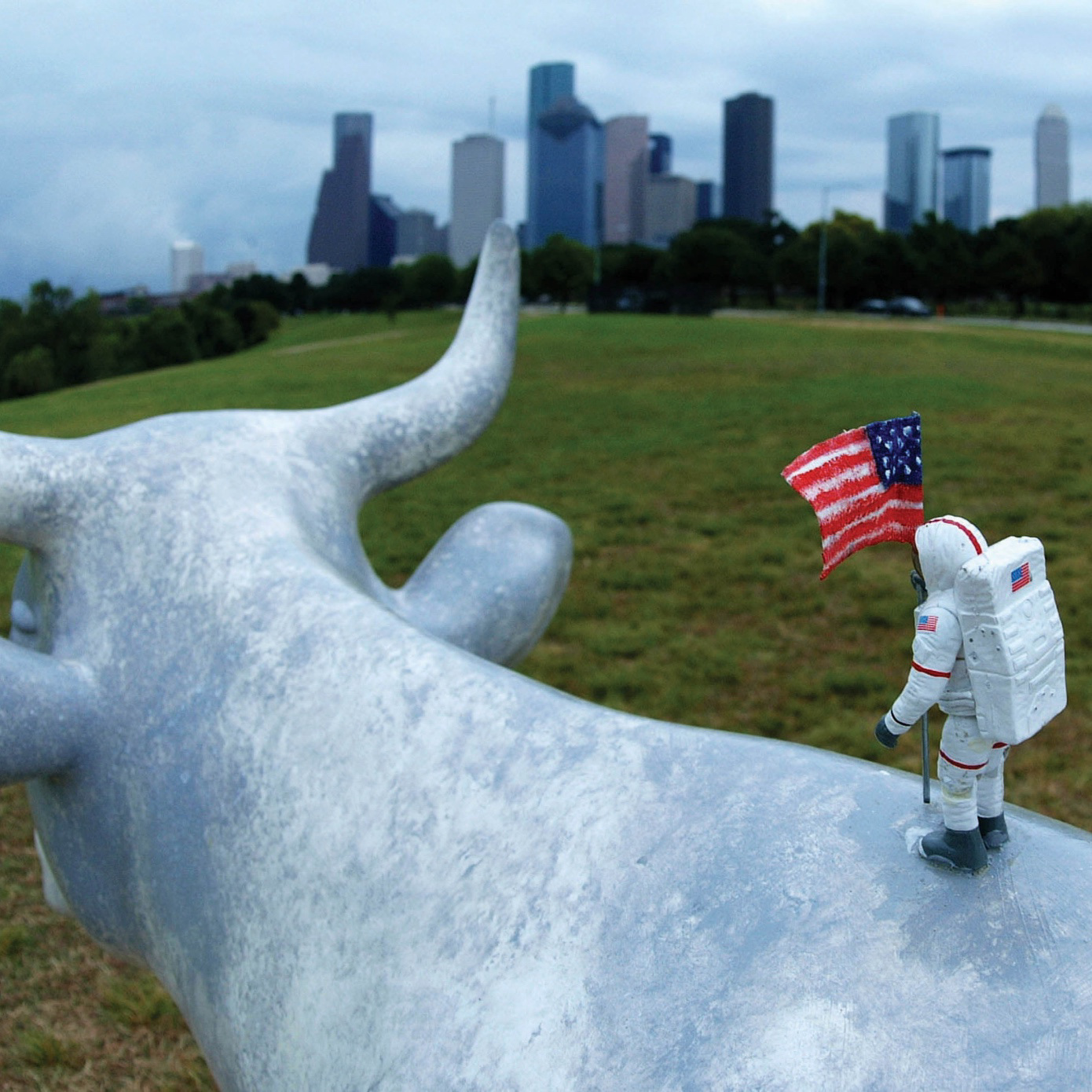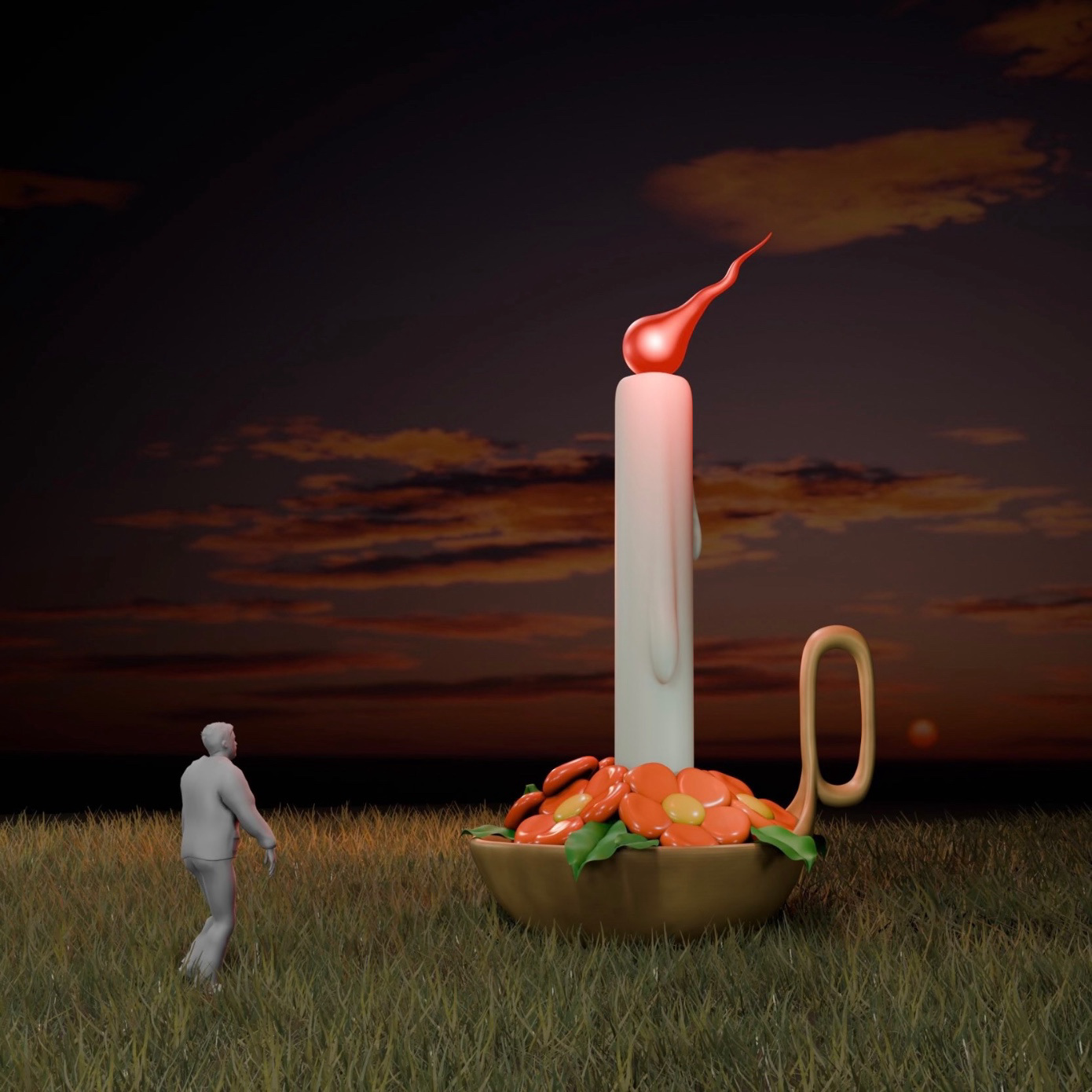
The art market has winners and losers, like any other market. It’s volatile and unpredictable, and the ups and downs apply not only to the artists whose work is bought and sold, but also to those behind the scenes.
Currently, no one’s stock is higher than Loic Gouzer, now the co-chairman of postwar and contemporary art at Christie’s. He will forever be known as The Leonardo Guy, the expert who conceived the plan to put Leonardo da Vinci’s Salvator Mundi in a contemporary art sale, pursued the painting and executed it all to a T.
In November, the picture—despite controversial restoration and grumbling by some experts—brought about the largest price by far for an artwork, ever: $450 million. The gasping crowd in the salesroom that night was truly awestruck.
“I need to take time off the art circuit to get new ideas because I really believe that our business—and especially the way I work—is based on a harmony and space."The usual metaphors—earthquake, etc.—don’t really do justice to the disruption that this single artwork sale caused. It fetched the record price, of course, but perhaps more lastingly, the Old Master was positioned with more recent art, with a viral marketing campaign around it all. It was the work of someone who simply didn’t care that much about the old rules of auctions, working at a company that was founded in the 18th century.
Gouzer, 38, is thoughtful, intense and a little twitchy. “I thought if you would put it in a completely fresh environment, people will look at it differently, engage with it differently and it would create an energy,” he says in his Swiss-French accent. “It was some kind of nuclear fission.” And how.
Giving his first interview after the historic sale, Gouzer is coming off two weeks with his girlfriend, hanging out with the gorillas in Rwanda instead of attending Art Basel in Miami Beach. He attributes his successfully unconventional thinking to the fact that he has many other interests and also meditates.
“I need to take time off the art circuit to get new ideas because I really believe that our business—and especially the way I work—is based on a harmony and space,” he says. “I try to avoid doing too many fairs and always being plugged into the art world.”
Though many people say they are thinking outside the box, Gouzer actually lives there. Though to be clear, some of his out-of-office activities are not unhelpful for the bottom line—heli-skiing with collector Adam Lindemann, for example. “I really want to try base jumping,” Gouzer says, thinking ahead to future bucket list items.
There’s definitely something intra-generational about Gouzer—mix up a Millennial’s disdain for convention and authority with a Gen Xer’s ability to monetize their interests, and shake well.
Going by his gut is something of a personal religion for Gouzer. “I know sometimes it looks from the outside that everything is carefully planned and I have some kind of agenda, but I really don’t,” he says. “The Leonardo sale was one of those wild ideas—I get a few of these every week—and I have to edit them and move them around until I say, ‘Okay, this one is still crazy but is still possible.’”
Gouzer was raised in Geneva. After inserting himself into the art world in high school (at one point pretending to be the son of dealer Ileana Sonnabend), he attended University College London. He got a job a Sotheby’s London, making his way to Christie’s seven years ago. He was able to push through his Leonardo idea because of the success of his themed sales, including “Bound to Fail” in 2016, which were profitable but also engaging to collectors and the press. “I’ve been building my brownie-point base” is how Gouzer puts it. Even so, his Leonardo long-shot “was not an easy sell internally, because people had to get their heads around it.”
Now that it’s over, Gouzer is focusing on the big May contemporary art sales. “The big mistake that people make is that they try to see the market as a whole—our job at auction houses is basically to understand where this tornado is heading,” says Gouzer, comparing the mojo around individual reputations to a twister. “Right now, you could say the tornado is going into Guston and Hockney.”
“There is part of me, when I see the amount of money that is being paid by collectors, I wish some of it was also spent on saving the planet."
The power of famous names and money—the world Gouzer has mastered—has infiltrated the art world. And Gouzer knows it. “I think it’s a very tricky time now to be an artist,” he says. “I don’t think it’s ever been easy to be an artist, but I think now there is this aspect of the market that is becoming that is based on brands, and the Instagram culture and the proliferation of art fairs. Sometimes you wonder if a guy like Bruce Nauman could have existed. Mark Rothko had his breakthrough at 50 years old. Today, if you haven’t broken through when you’re 22, people tell you that you should be an Uber driver.”
Increasingly Gouzer is trying to mix his work with his personal passion, environmental conservation, as when he staged an auction to help raise money for Leonardo DiCaprio’s green-themed foundation (the two are pals). “There is part of me, when I see the amount of money that is being paid by collectors, I wish some of it was also spent on saving the planet,” he says. “Rembrandt is a masterpiece, but the last jaguar is also a masterpiece.”
Combining art and nature in new ways will surely lead Gouzer to go on what he calls his “missions”—the same kind of risky and unpredictable gambits that lead to the da Vinci sale. It’s clear that he likes the adrenaline.
“Every time I go on one of those missions, I’m like, ‘Why am I doing this to myself?’” says Gouzer. “I say to my girlfriend, I say to my assistants, my parents, to my friends, I say, ‘Don’t let me ever go and do this to myself again.’”
He seems earnest, but I wouldn’t bet on that working.




